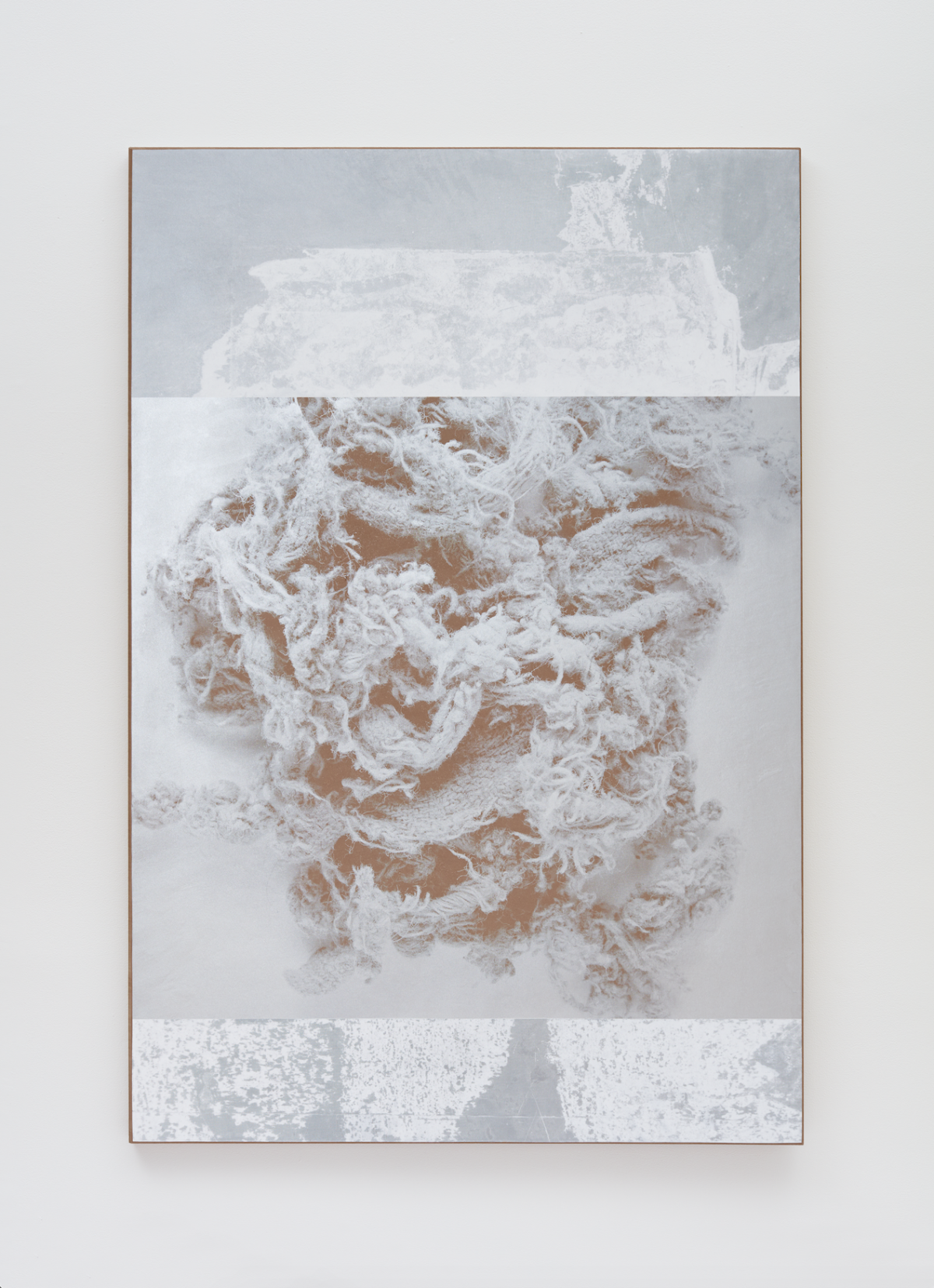
In the morning, I walk through my neighborhood and enter an opening into the forest. After a few steps, I leave the main path and discover a nice slice of earth, undisturbed by the traffic of human footsteps. Here the soil looks new and loamy, like crumbles of chocolate cake. I remove a metal spoon from my pocket, slide it as deeply as I can into the ground and extract a nice rounded heap.
You have reached your article limit
Sign up for a digital subscription and continue reading all new issues, plus our entire archives, for just $1.50/month.
Already a subscriber? Sign in




